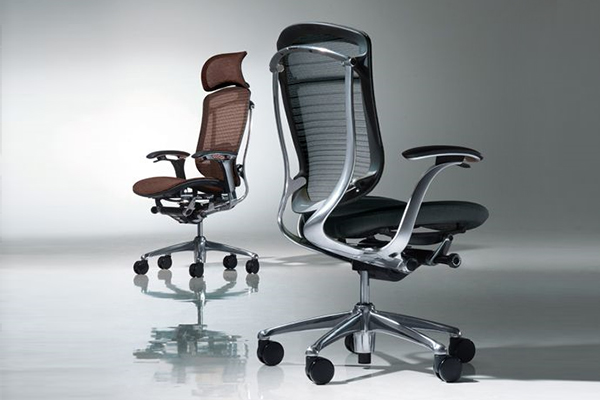In the fast-paced world of modern work, where individuals spend a significant portion of their day seated at a desk, the importance of a comfortable and supportive office chair cannot be overstated. Enter the realm of ergonomic office chairs – a game-changer in promoting well-being, enhancing productivity, and mitigating the adverse effects of prolonged sitting. In this blog, we will explore the key features, benefits, and considerations associated with ergonomic office chairs.
Understanding Ergonomics:
Ergonomics is the science of designing products, systems, and environments to maximize human well-being and performance. In the context of office chairs, ergonomic design focuses on creating a workspace that adapts to the natural movements and postures of the human body. This approach aims to reduce discomfort, prevent musculoskeletal issues, and boost overall productivity.
Key Features of Ergonomic Office Chairs:
- Adjustability: Ergonomic chairs are designed with a range of adjustable features to accommodate diverse body types and preferences. These features often include seat height adjustment, backrest tilt, armrest height, and lumbar support customization.
- Lumbar Support: A well-designed lumbar support system maintains the natural curve of the spine, preventing slouching and supporting the lower back. This feature is crucial for preventing back pain and promoting a healthy sitting posture.
- Seat Depth and Width: Ergonomic chairs typically offer adjustable seat depth and width to ensure that users can comfortably rest their backs against the backrest without putting excessive pressure on the thighs.
- Armrests: Adjustable armrests provide support for the arms and shoulders, reducing strain on the neck and upper back. Properly positioned armrests contribute to a more relaxed and comfortable seating experience.
- Material and Padding: High-quality materials and ample padding are essential for comfort. Breathable, durable fabrics and cushioning that retains its shape over time contribute to the chair’s longevity and user satisfaction.
Benefits of Ergonomic Office Chairs:
- Enhanced Comfort: Ergonomic chairs are designed to minimize discomfort and fatigue, allowing users to focus on their tasks without distractions.
- Improved Posture: Proper lumbar support and adjustable features encourage a healthy sitting posture, reducing the risk of developing back and neck pain associated with poor ergonomics.
- Increased Productivity: By providing a comfortable and supportive environment, ergonomic chairs can contribute to increased concentration and productivity, as users are less likely to be distracted by discomfort.
- Prevention of Health Issues: Ergonomic design helps prevent musculoskeletal problems, such as back pain, neck strain, and carpal tunnel syndrome, which can arise from prolonged periods of sitting in non-ergonomic chairs.
Considerations When Choosing an Ergonomic Chair:
- Budget: While ergonomic chairs offer numerous benefits, it’s essential to consider your budget. Fortunately, there are options available at various price points to suit different needs.
- Adjustability: Ensure that the chair you choose has a sufficient range of adjustability to accommodate your unique body shape and preferences.
- Durability: Look for chairs made from high-quality materials to ensure durability and longevity.
- Aesthetics: Consider the visual appeal of the chair and how well it complements your office decor.
Conclusion:
Investing in an ergonomic office chair is an investment in your well-being and productivity. As we spend a substantial portion of our lives working, it’s crucial to create a workspace that prioritizes comfort, health, and efficiency. With the myriad of options available, finding the perfect ergonomic chair to suit your needs is not only possible but essential for a healthier and more enjoyable work experience.
